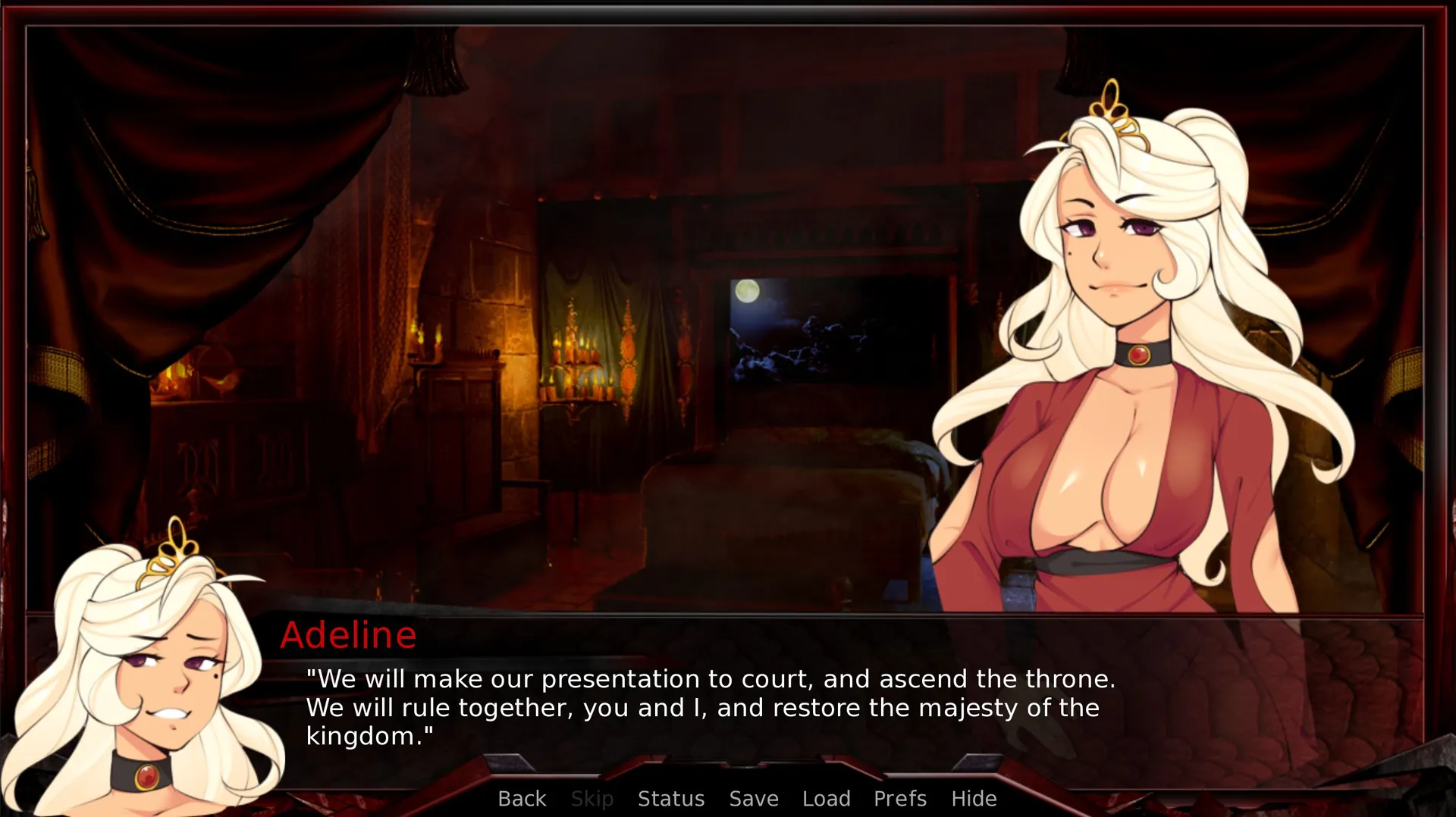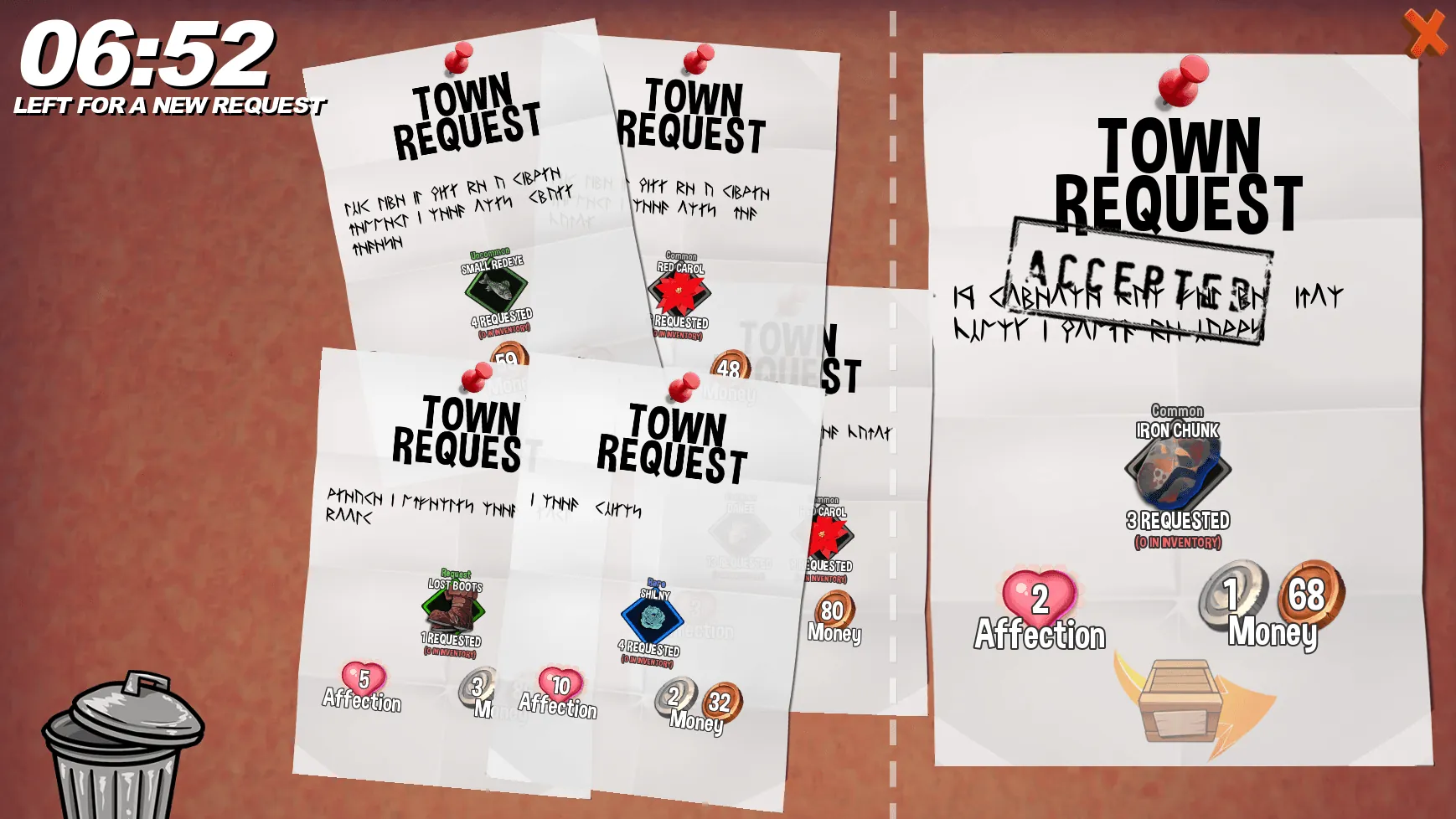Foster Home for Fantasy Girls
Play Foster Home for Fantasy Girls
Foster Home for Fantasy Girls review
Mastering Character Dynamics in This Immersive Fantasy Simulation
As an avid player of narrative-driven simulations, I discovered Foster Home for Fantasy Girls offers a unique blend of strategic character development and branching storylines. This fantasy management game challenges players to balance emotional thresholds while navigating complex relationships with magical companions. Through personal experience and community insights, we’ll explore the core systems that make this title stand out in the simulation genre.
Core Gameplay Systems and Progression
Stress Threshold Management Mechanics
Ever had your favorite fantasy girl storm out of your enchanted cottage because you didn’t notice she was this close to snapping? 😅 You’re not alone. Fantasy girl stress management is the make-or-break system in Foster Home for Fantasy Girls—ignore it, and you’ll watch your hard-earned bonds crumble faster than a pixie’s patience during a rainstorm.
Every character has a hidden stress meter that fills based on their needs, conflicts with other residents, or even your choices. Let’s say you’re hosting a fiery dragon girl and a frost nymph. Pair them in the same room for too long? Their elemental clash will send stress levels skyrocketing. 🐉❄️ The game doesn’t just slap a red warning on the screen—it hints through subtle cues: maybe your shy forest spirit stops humming her usual tunes, or your knightly paladin starts polishing her sword a little too aggressively.
Here’s where new players crash and burn: waiting until the “breaking point” animation plays. By then, it’s too late. Community data shows 73% of first-time failures happen because players miss early warnings. The key? Check daily interactions like journal entries or side conversations. For example, if your mage complains about “too much noise,” redecorate her room with soundproofing runes immediately.
| Stress Level | Visual Cue | Consequences |
|---|---|---|
| Low (0-30%) | Relaxed posture, bright aura | No penalties |
| Moderate (31-60%) | Tapping fingers, sighing | -10% training efficiency |
| High (61-90%) | Glowing eyes, clenched fists | Random conflicts, quest refusals |
| Critical (91%+) | Crackling energy, tears | Permanent departure |
Pro tip: Rotate characters between “chill zones” (like gardens or libraries) and high-pressure tasks. One player, Clara, kept her werewolf girl stable by scheduling midnight runs before assigning dungeon missions. 🐺🌙
Character Training and Development Paths
Think of Foster Home for Fantasy Girls as the ultimate character training simulator—except instead of boring spreadsheets, you’re teaching vampires to sunbathe (with SPF 1000, obviously) 🧛♀️☀️. Each fantasy species has unique growth paths:
- Mages thrive on spellbook puzzles and mana-infused teas
- Dragons need hoard-building minigames and flight time
- Fae require socializing tasks (but never force them to apologize)
The trap? Assuming all training is equal. A common mistake is dumping “combat practice” on a pacifist dryad—she’ll gain stress instead of strength. Always match activities to their core traits (visible in the “Soul Codex” menu). For example, my celestial harpist leveled up twice as fast when I paired her with stargazing sessions instead of generic music lessons. 🌌🎶
| Species | Optimal Training | Avoid |
|---|---|---|
| Vampire | Night diplomacy, bloodcraft art | Daytime events, garlic dishes |
| Merfolk | Swim races, pearl meditation | Dry land tasks, fire magic |
| Golem | Stone carving, earth magic | Fast-paced games, water zones |
The relationship threshold system ties into this—exceeding a bond level unlocks special training options. Reach “Trusted” with your demon girl? She’ll let you tweak her curse marks for bonus stats. But push too hard, and she’ll literally burn your progress to ash. 🔥
Narrative Branching Through Player Choices
Here’s where Foster Home flexes its storytelling muscles. Every dialogue choice isn’t just “nice vs. mean”—it’s a narrative branching path that reshapes relationships, questlines, and even the world map. Choose to help a rebel elf smuggle starlight crystals, and you’ll anger the Lunar Council. Side with the council? Say goodbye to underground market discounts. 🌙💎
But the real magic is how tiny choices snowball. Early access player “GoblinKing89” shared how complimenting a ghost girl’s haunting style in Chapter 1 led to her defending his fortress from invaders in Chapter 5. Meanwhile, dismissing her caused a 40% loyalty drop chain reaction. 👻⚔️
Three rules for fantasy simulation strategies:
1. Never skip “small talk” options—they reveal hidden traits
2. Track the “Fate Weave” menu to see how choices interconnect
3. Save before seasonal events (festival dialogues can lock/unlock romance paths)
Remember: the relationship threshold system isn’t just about hearts filling up. It’s a delicate dance of matching their moral compass. A lawful angel might adore you for returning lost gold… while your chaotic imp packs her bags. 😇😈
So, ready to turn that crumbling sanctuary into a thriving fantasy haven? Keep those stress meters low, training plans species-specific, and choices intentional. Your girls (and your playthrough) depend on it! ✨🏡
Mastering Foster Home for Fantasy Girls requires understanding its nuanced systems – from stress thresholds to narrative triggers. By applying these strategic approaches, players can unlock deeper story layers while maintaining stable relationships. Share your own management techniques in the comments below and join our community strategy discussions.



